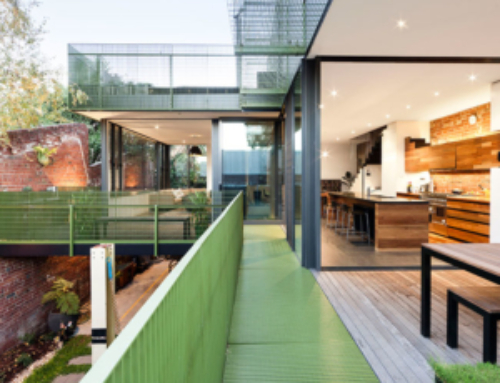When it comes to purchasing a home, viewing a property is an essential step in the decision-making process. The excitement of finding a potential home can sometimes cloud judgment, making it easy to overlook critical details. Therefore, knowing what to look out for during a property viewing is important.
Exterior Condition: First Impressions Matter
The exterior of a property is the first thing you see, and it can tell you a lot about the overall maintenance of the home. Start by inspecting the roof for any signs of wear, such as missing shingles or sagging areas. These could indicate potential issues that might require costly repairs in the future. Also, check the gutters and downspouts to ensure they are in good condition and not clogged, as this can lead to water damage over time.
In addition, pay attention to the foundation. Cracks, unevenness, or signs of settling should raise concerns, as they might point to structural problems. Examine the exterior walls for any cracks, damp spots, or peeling paint, which could suggest underlying issues such as poor insulation or water damage.
Don’t also forget to inspect the driveway, sidewalks, and landscaping. Are there any cracks or uneven surfaces? Does the landscaping slope away from the house, ensuring proper drainage? These factors are essential when considering the long-term maintenance of the property.
Interior Inspection: Look Beyond the Surface
When you step inside the property, it’s easy to get distracted by the decor or the furniture. However, it’s important to look beyond the aesthetics and focus on the structure and systems of the home. Begin by examining the walls and ceilings for any signs of water damage, such as stains or mold. These issues can indicate leaks or poor ventilation, which might require expensive repairs.
Next, check the windows and doors. Do they open and close smoothly? Are there any drafts or signs of condensation between the windowpanes? Properly functioning windows and doors are essential for energy efficiency and security, so any issues here should be addressed.
Additionally, inspect the floors for any signs of unevenness or creaking, which could indicate problems with the foundation or subflooring. If the property has carpets, consider what might be hidden underneath. Hardwood floors can sometimes be found beneath carpets, which could be a valuable feature.
It’s also important to assess the condition of the plumbing and electrical systems. Test the faucets and flush the toilets to ensure proper water pressure and drainage. In the kitchen, check the age and condition of the appliances, as outdated systems might need replacing.
Layout and Space: Does It Suit Your Needs?
The layout of a property plays a significant role in how functional and comfortable the space will be for you and your family. During the viewing, envision yourself living in the home. Does the flow of the rooms make sense? Are the bedrooms located in a quiet area away from the noise of the living spaces?
Consider the amount of storage space available. Are there enough closets, cabinets, and storage areas to accommodate your belongings? If the home lacks storage, you may need to invest in additional furniture or renovations, which could add to your costs.
Another important factor is natural light. Take note of the orientation of the windows and how much sunlight enters the rooms throughout the day. Natural light can significantly impact the feel of a home, making it more inviting and cheerful.
If you work from home or need a quiet space for studying, check if the property offers a suitable area. A dedicated office space or a room that can be converted into one is a valuable feature in today’s market.
Neighbourhood and Location: Consider the Surroundings
The location of a property is just as important as the home itself. When viewing a property, take time to explore the neighborhood. Is it close to schools, parks, shopping centres, and public transportation? Proximity to these amenities can enhance your quality of life and add value to the property.
Also, consider the safety of the neighborhood. Research crime rates and talk to neighbors to get a sense of the community. Additionally, observe the general upkeep of the surrounding properties. Well-maintained homes in the area can positively impact the value of your property.
Finally, consider the noise levels. Visit the property at different times of the day to gauge how noisy the area is. If you’re sensitive to noise, this could be a deal-breaker.
Final Thoughts
Viewing a property is an exciting step in the home-buying process, but it’s important to approach it with a critical eye. Remember, a thorough property viewing is essential for finding a home that suits your needs and ensures long-term satisfaction.
To get a free house value estimate in a matter of minutes, click this link!




Leave A Comment